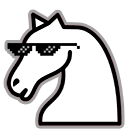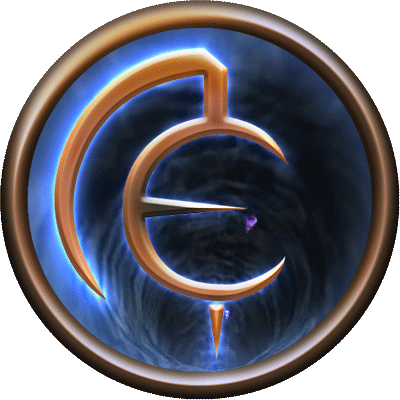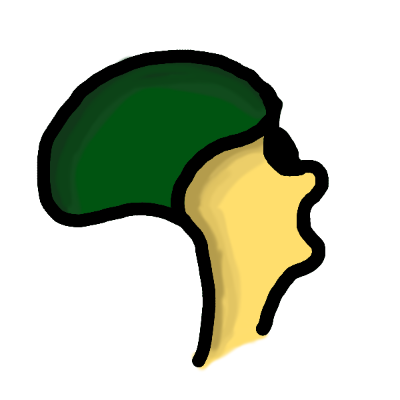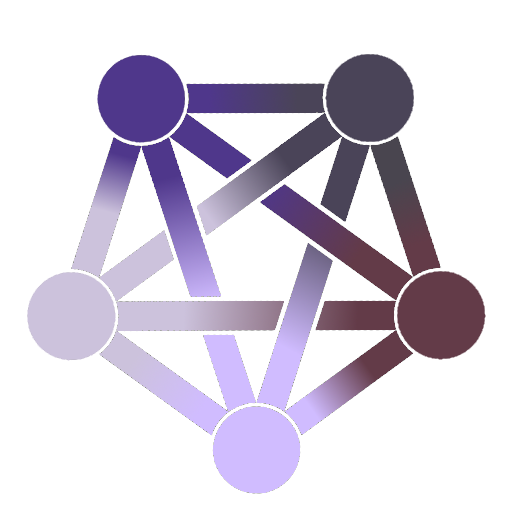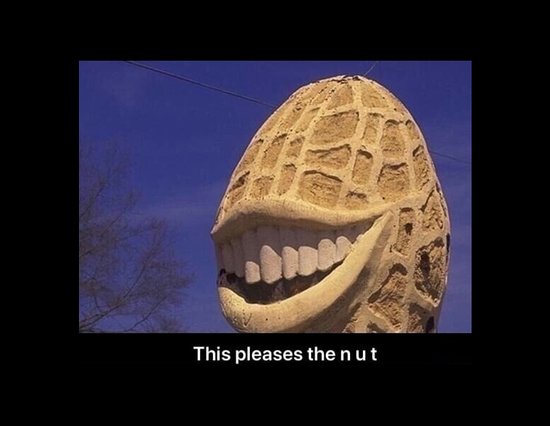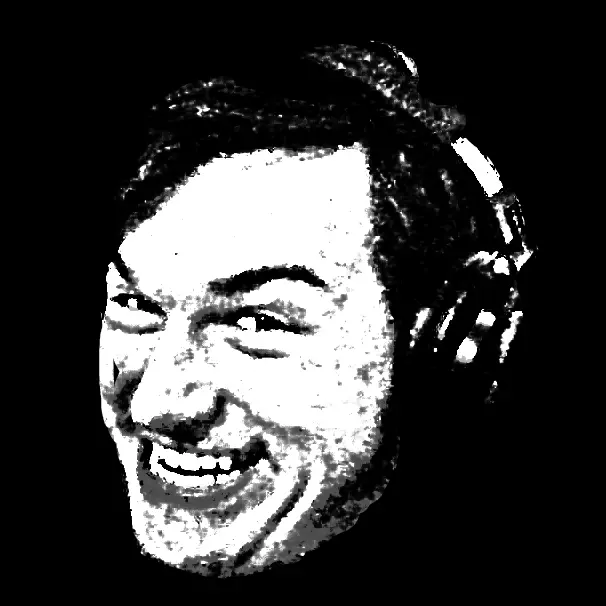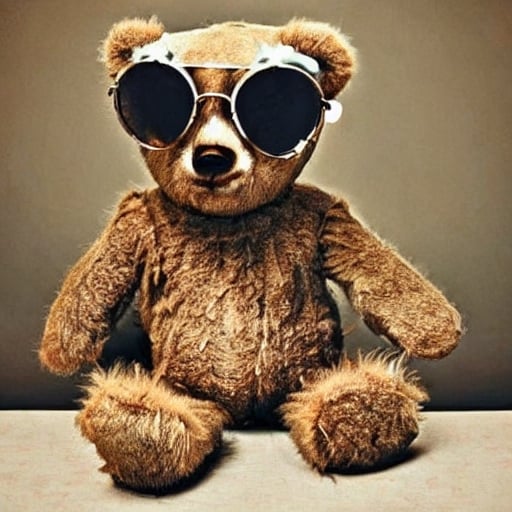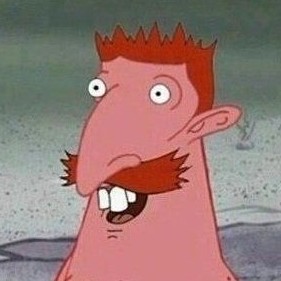Your pawns are all male?
Yeah, I checked the bottom of the pieces.
They need to be to become bishops. Unless they’re Anglican…
Chess is br*ish 🤢
My pawns are androgynous.
I’m torn between “pawndrogynous” and “anpawngynous”
Non binary pawns pog
Nothing in the image or title implies the gender of the pawn or that all pawns are the same gender though… they might be all female or mixed, none of the options are gender specific.
‘Changing gender’ to become a queen implies a non-female initial gender.
I never understood what the Rook was supposed to represent. Everything else has a rough analog to actual battle. But castle towers are notable non-mobile.
Originally, the rook symbolized a chariot. The Persian word rokh means chariot, and the corresponding pieces in Oriental chess games such as xiangqi and shogi have names meaning chariot. Persian War Chariots were heavily armoured, carrying a driver and at least one ranged-weapon bearer, such as an archer.
Modern ones are akin to siege towers is my take.
In German they’re called “Turm” which literally translates to tower…
I suppose siege towers would make sense, however I’ve never seen a chess set that didn’t have them look like a castle. (Which could be one reason they look like that, so castling actually produces a castle)
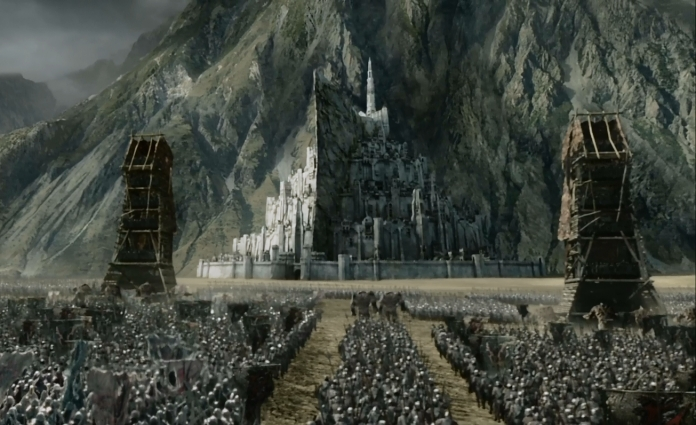
You haven’t played enough Stronghold
siege tower.
My take is that they represent a fort, or to put it another way, an engineer Corp. They attack linearly, which makes them bad at offense, but they’re powerful field control.
They can’t get out early and it’s easy to spot their attacks, but their range is fantastic
deleted by creator
Pawns are all just temporarily embarrassed Queens.
How does a pawn become any of the others?
You can promote to anything
You cannot promote to King or Pawn. As such, your statement is wrong and i feel betrayed.
I’d love to watch someone try to do this at a tournament. Just swapping out their pawn for an extra King with a deadpan expression.
The game would end when any king is captured so having more than one (as opposed to making the pawn a queen) would be a strict disadvantage. I’d allow it.
Incorrect, the game ends when a king cannot avoid capture. As such, your statement is wrong and I feel betrayed.
I misunderstood the rules and shoved my king into my mouth, with a deadpan expression.
Too bad they cut that out of a clip of Queen’s Gambit.
Swap it for an enemy pawn.
Granted, but checkmate on either of the kings = loss
E: And now that I think about it, forking the kinds would also have to be a loss.
Or a bionicle
Can’t be promoted to player either
Pawns were players and players were pawns, once upon a time. Now that it’s the opposite it’s twice upon a time.
Bet
Oh, just like real life.
In the originial, its minister, camel, elephant and horse. So minister or furry.

